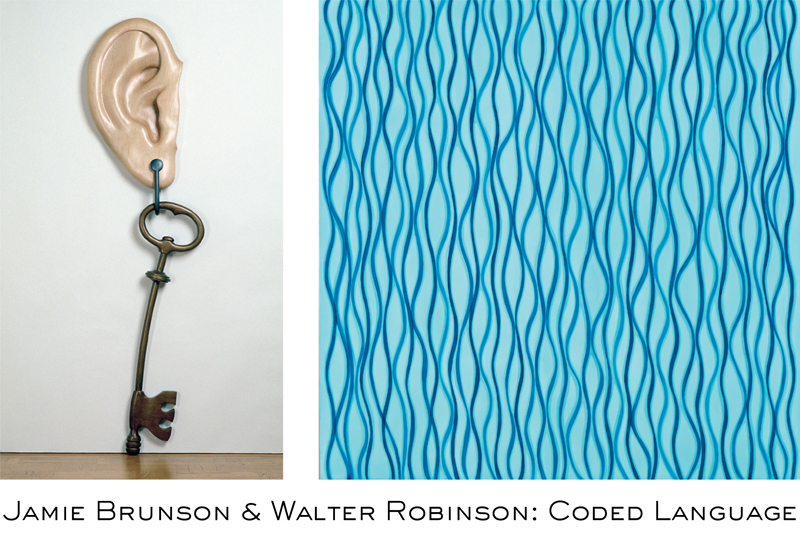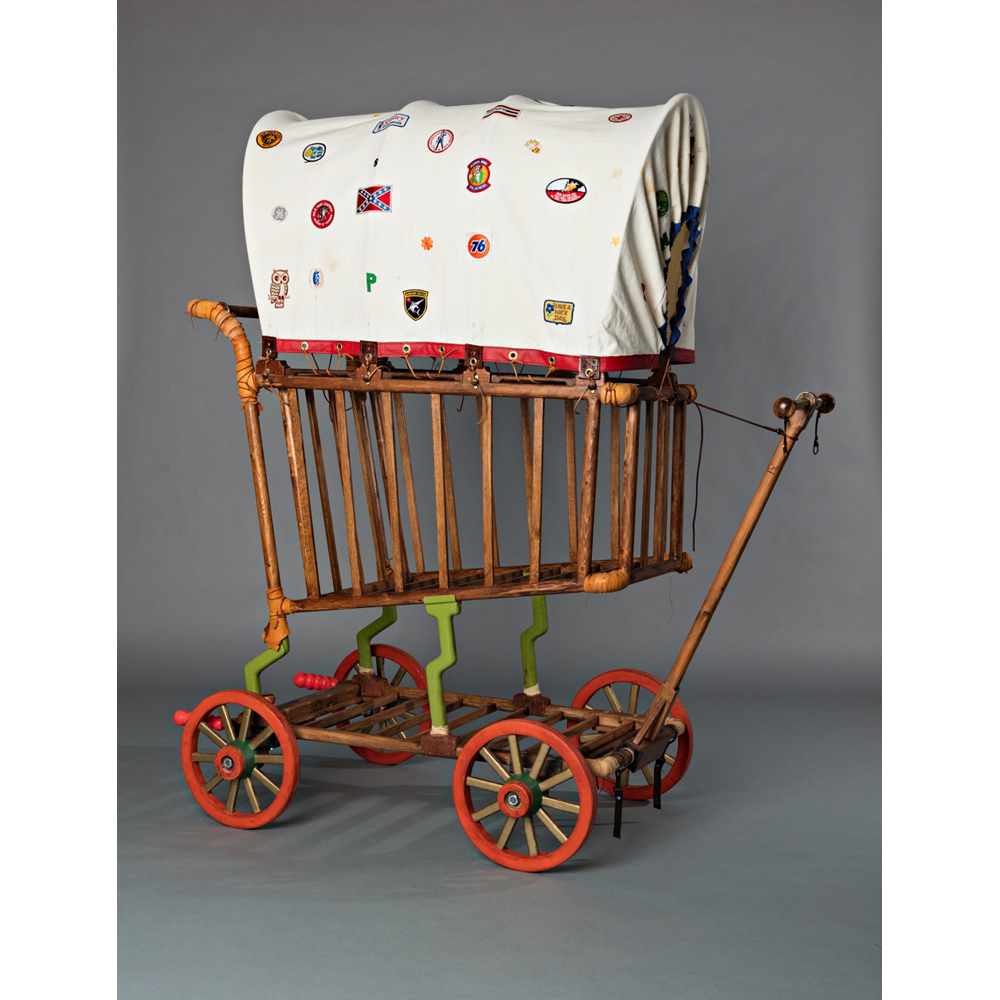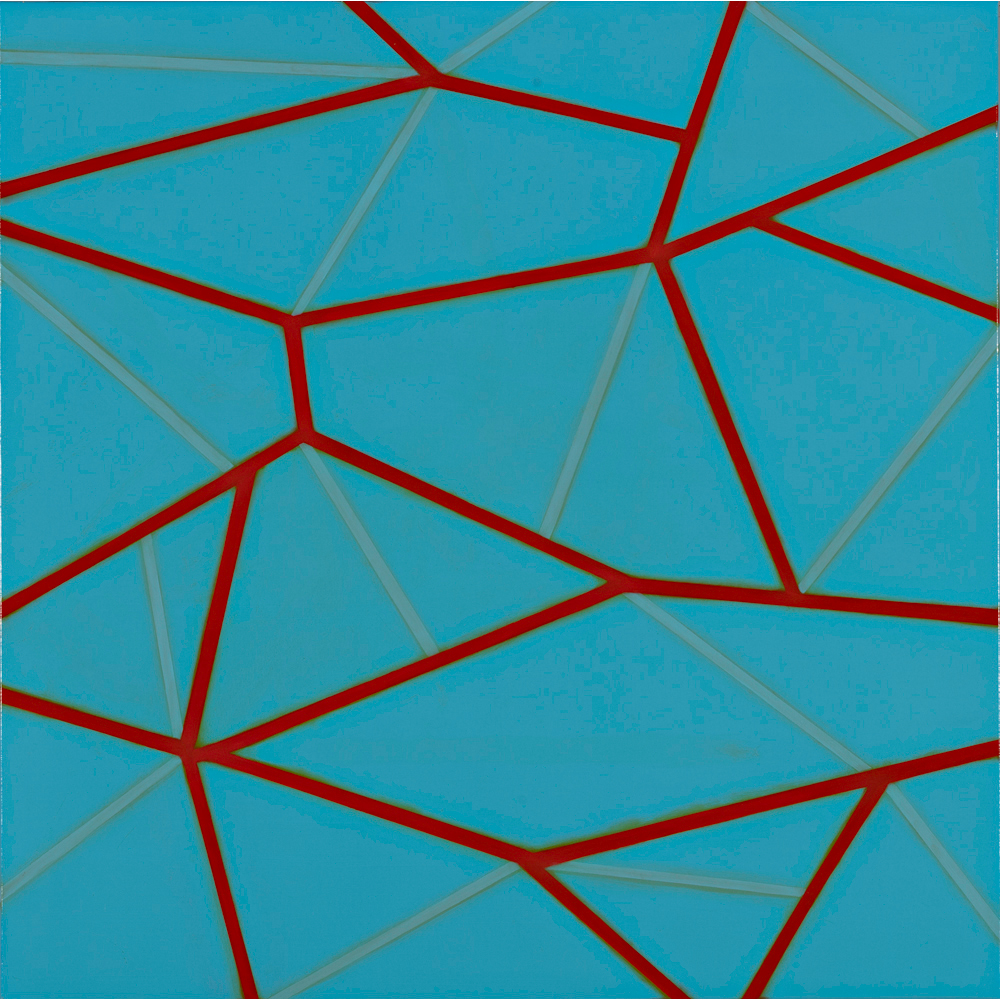Online Virtual Exhibition | Keep the Ball Rolling
Walk through our VR exhibition!
Adaptability is key to finding happiness, and Turner Carroll has adapted to a new way of hosting exhibitions to bring you happiness during this unusual, homebound time. We are thrilled to bring you our first 3-D, interactive, virtual exhibition. Our exhibition Keep the Ball Rolling takes its title from Judy Chicago’s Resolutions series work by the same name. The exhibition features vibrant works that inspire mind, body, and heart. Please enjoy our guided tour feature, which allows us to walk you through the exhibition as if we’re walking through the gallery together. You can also click on the View/Purchase on our Website button next to each artwork, to read our descriptive analysis of the specific artwork. Enjoy the exhibition and please send us your comments and suggestions on our new platform, at info@turnercarrollgallery.com.
View the works in the exhibition on our web page here.
September 11 – October 11, 2020 | Scott Greene and Walter Robinson: Herd Immunity
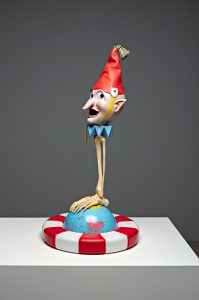
Walter Robinson – Imp
This is not the first time we have paired Scott Greene and Walter Robinson. This exhibition Herd Immunity, however, is certainly the most opportune. The term itself horrendously clinical and also brilliantly poetic in that the divide between the immune majority and the vulnerable minority is the very thing that protects them all. The idea of a divide runs strong through both artists’ practices. Practically, Scott is a painter and printmaker; Walter is a maker of objects. Scott paints a vision of nature’s relationship with people. Walter uses natural materials like leather and hand-harvested wood to look back on our planet’s humans. Both artists are obsessed with our collective yet divided domestic moment. Who has power and who does not? What do people do with power? Is it us versus them, or us versus us, or them versus them?
One of the major through-lines of history is the gradual enfranchisement of “We the People.” The fact that artists like Scott and Walter can paint and sculpt whatever they want is a testament to that. Their work is also a testament to this process of devolution still being at work right now. That we are living through a global pandemic feels undeniable, yet there are plenty of powerful people who are writing a separate history where numbers are not to be trusted, where demonstrable falsehoods are believed, and where a set of imagined and shared national truths do not exist.
It makes perfect sense that by painting and sculpting, Scott and Walter are making objects that are tangible and cannot be denied. There is no function of the herd where it emphatically states that the work of sculpture that everyone sees is somehow not real. Scott Greene’s painting “Deluge” is inspired by a drawing by Leonardo da Vinci. Only now is this drawing realized as a great swirling mass of plastic and cast-off possessions in color: today’s version of a tempest. Walter Robinson’s hanging sculpture “Coronavirus” looks almost like a child’s toy, and, in fact, it glows in the dark! Their artwork is undeniably powerful, technically brilliant, and very, very real.
View works in the exhibition here.
Visits to the opening will be staggered to adhere to capacity rules and to help maintain the health and safety of everyone. Reservations for a 15-minute arrival window can be made at the bottom of the page.
Press for “Jamie Brunson & Walter Robinson: Coded Language”
We received two great write-ups for this exhibition recently. An SFR Pick for the week of May 16 in the Santa Fe Reporter, writers Alex De Vore and Pema Baldwin do a great job decoding the kind of language each artist uses in their work. “Robinson’s multimedia sculptures of wood, plastic and steel carry veiled yet substantial political messages that are prone to a wide variety of interpretations. Often, they’re crude, abrasive, and force the viewer to consider the implications of what they’re looking at,” they say. On Jamie Brunson‘s work, “instead of capturing a moment in time or a specific message, Brunson’s pieces are a reflection of her meditative practices used to portray emotions. Brunson captures the feelings of movement and energy with color and line weight.”
Megan Bennett writes in the Albuquerque Journal on Jamie Brunson and Walter Robinson pointing out that they are partners in real life, as well as in art, and how their shared language is put to use with dramatically different results. The Albuquerque Journal also had an article on Walter Robinson in the exhibition “21st Century Ciphers” at Turner Carroll favorite 516 Arts in Albuquerque.
A link to our exhibition is here.
22 May 2018
May 18 – June 6, 2018 | Jamie Brunson & Walter Robinson: Coded Language
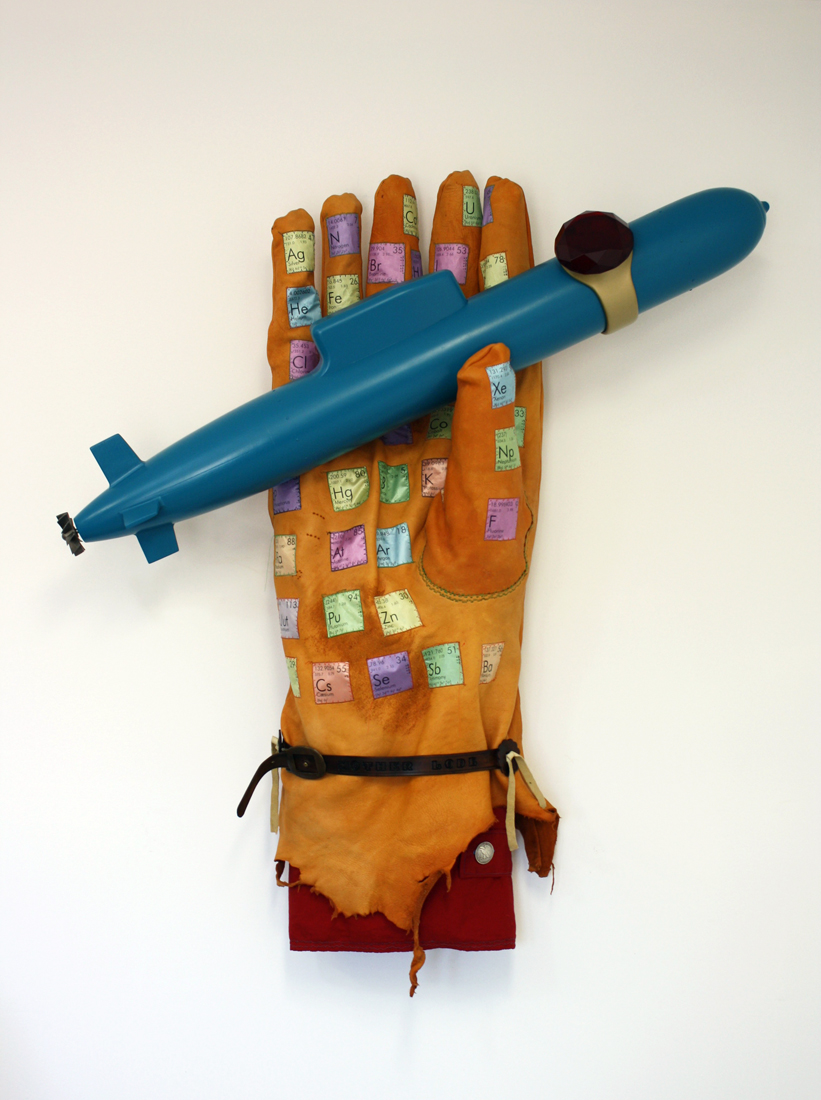
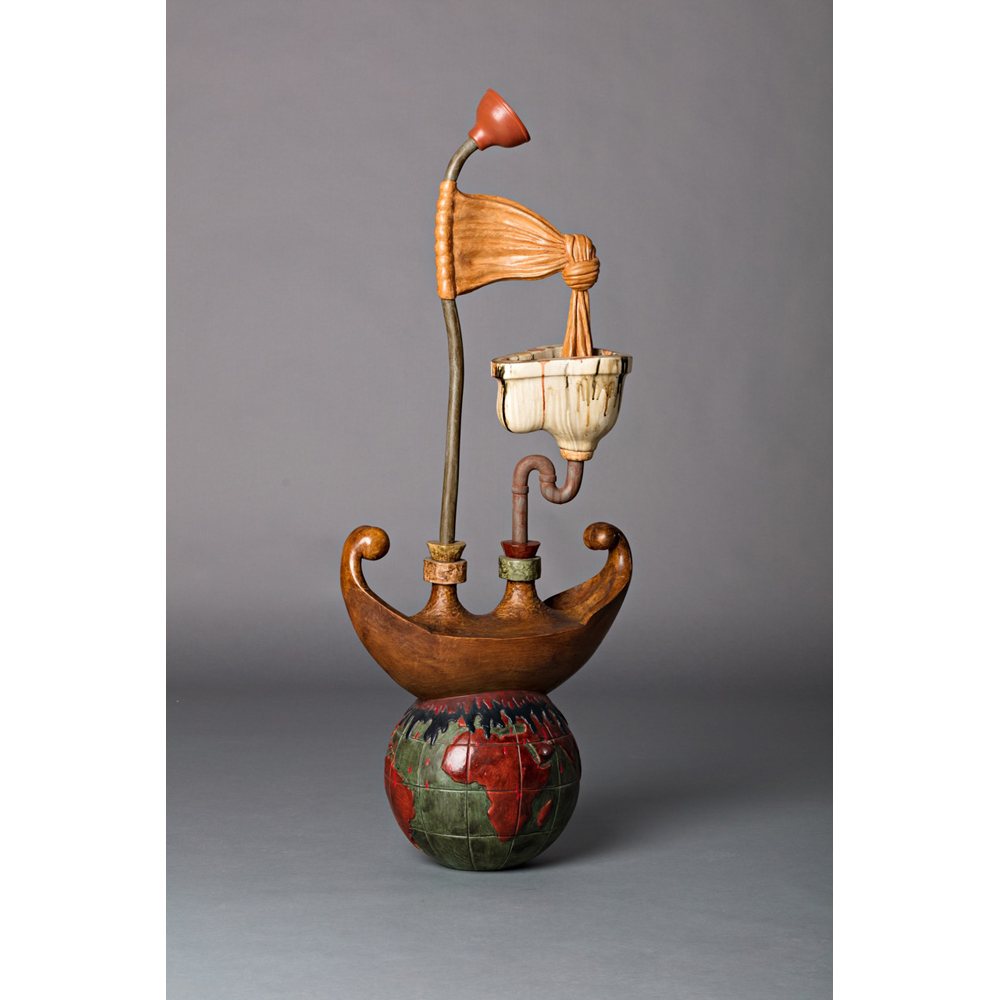
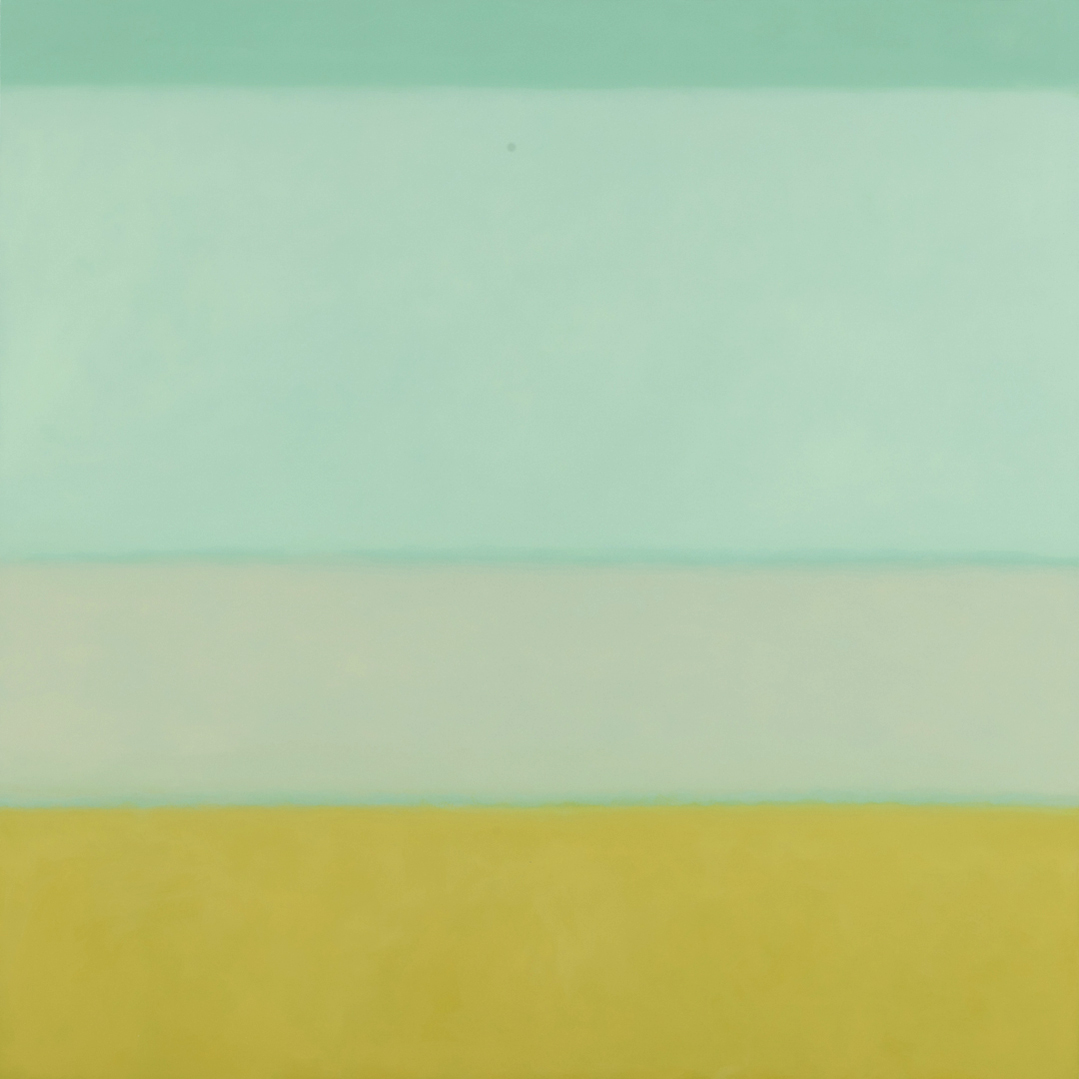
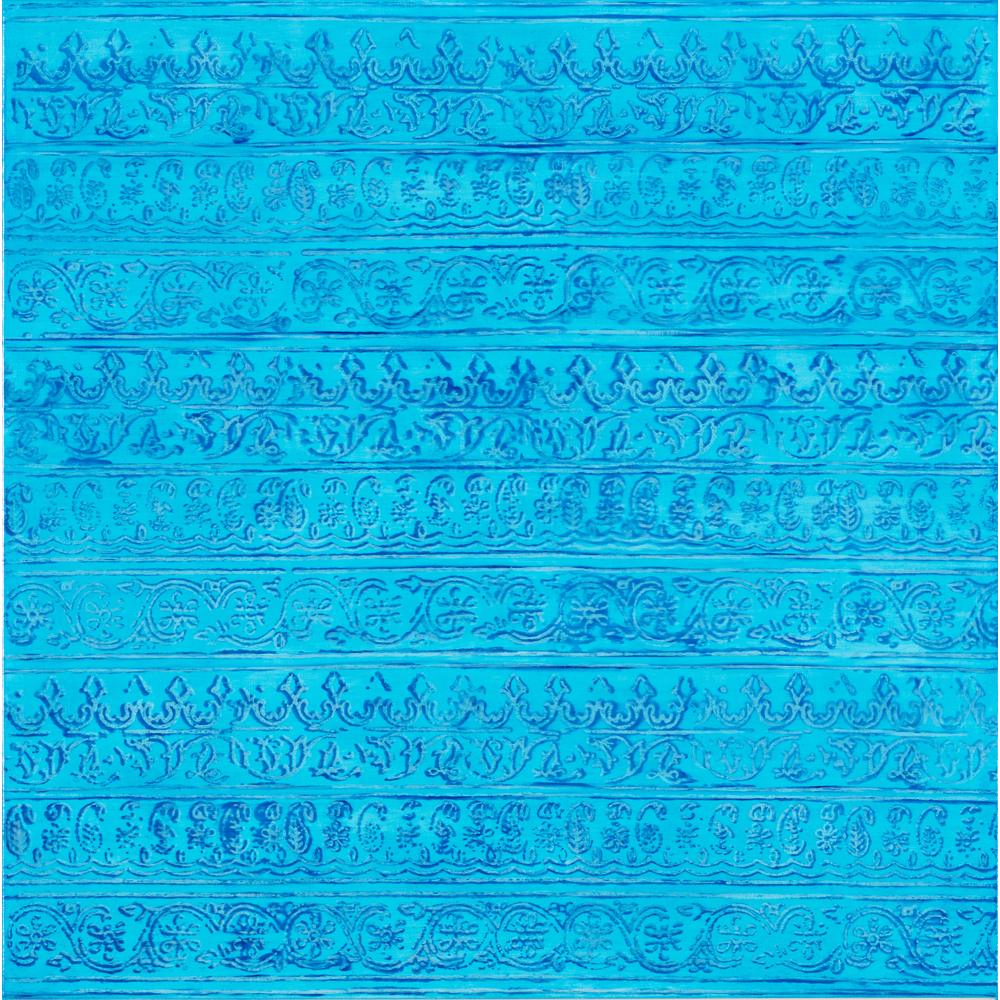
Opening Reception Friday, May 18, 5-7pm
Walter Robinson and Jamie Brunson are two extraordinary artists from the San Francisco Bay area who have recently relocated to Santa Fe. Both of their works have been widely exhibited and collected in private and museum collections internationally. Currently, Robinson’s sculpture is on exhibit in Luxembourg, as well as in Albuquerque museum 516 Arts’ “21st Century Cyphers” exhibition. Robinson will speak about his works in Albuquerque at 516 Arts on June 7. Jamie Brunson recently wrapped up a museum exhibition in California. Though the two artists have been partners for several years, they do not collaborate. In fact, both their works and the visual language they each employ are radically different from one another.
In order to communicate with the world outside their own minds, both Robinson and Brunson have created distinct visual languages unique unto themselves. Walter Robinson’s visual language is sculptural, highly political, stemming from his upbringing in a multi-lingual family that included a cryptographer during the Cold War era. Robinson assembles visual phrases through amalgamations of found and hand hewn objects. Often, he incorporates cryptic messages in his works, using either word cross tactics, or by juxtaposing objects in a manner that frames a new view. Robinson’s newest work, “Tumbril”, addresses current societal issues such as consumerism, expansionism, and Manifest Destiny. “Tumbril” is defined as “A farm dump cart for carrying dung; carts of this type were used to carry prisoners to the guillotine during the French Revolution.”
In “Tumbril”, the cart is another form of consumption, and the cart is empty. The logos on the covered roof equate product placement. The companies featured are benefitting from the exposure on the cart, buying their way into our contemporary consciousness by adding themselves to this cart’s journey. The visual images on the patches are like logos for societal beliefs, which are marketed like actual consumable products. Whether we buy into the beliefs or ideologies behind these images represented on the patches or not, by consuming certain products or aspects delivered to us by those ideologies, we may be consuming and literally “buying” into them involuntarily, unknowingly, or subconsciously.
Jamie Brunson’s works are two dimensional paintings of her meditative experience. Rather than combining concrete forms into new structures (as Robinson does), Brunson uses color as her visual code. Taking her spectrum from her Kundalini yoga and meditation practice, Jamie Brunson uses hues as her visual “words”. A painting like “Matrix” combines hues of deep red and teal blue. The red represents strength of emotion, while blue is the cool calm of intellect as well as serenity. Blue and red represent the two poles of the electromagnetic spectrum of visible light. At the low end is blue; the high end is red. By combining these two colors in one painting, Brunson communicates the interconnectedness of all beings.
Work in the exhibition may be viewed here.
For more information and high resolution images, please visit https://turnercarrollgallery.com/press-area/ or info@turnercarrollgallery.com
Symbol Pleasures in Visual Art Source
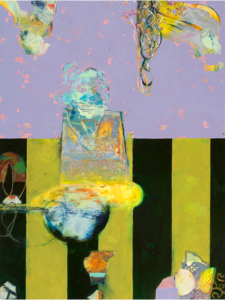
Symbol Pleasures in Visual Art Source
Orlando Leyba, Walter Robinson and Squeak Carnwath: Symbol Pleasures was written up as a recommendation by the most excellent Jon Carver as a recommendation in the 15 October 2016 edition of Visual Art Source. “Make my funk the P-Funk…”
A link to the feature in VAS is here.
October 4 – 25, 2016 | Orlando Leyba and Walter Robinson: Symbol Pleasures
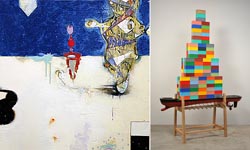
Symbol Pleasures
Squeak Carnwath, Walter Robinson, and Orlando Leyba all create abstract works of art that employ highly personalized symbolism. Yet, each of these artists has massive appeal in the art world at large. Their works are included in such impressive collections as The Metropolitan Museum of Art, Yale University Art Museum, Carnegie-Mellon University Art Collection, and San Jose Museum of Art. This exhibition at Turner Carroll will be the first time their works have been shown together, though their shared use of symbolic visual communication is undeniable.
Opening Reception Friday, October 7, 2016 from 5 to 7pm
[n.b. that this event takes place in Santa Fe]
Walter Robinson Review in THE Magazine
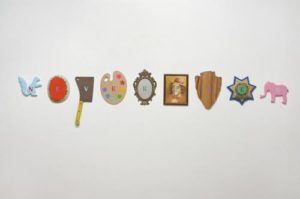
Walter Robinson – “Never Even 72”
The May edition of Santa Fe’s own THE Magazine carried a great review of our newest artist, Walter Robinson, for his exhibition “Placebo.” Our exhibition runs concurrently with Walter’s Museum of New Mexico Alcove Exhibition. Reviewer Richard Tobin thoughtfully compares a child’s teeter-totter to Walter’s “Teeter” which is a teeter-totter cannon. Richard deftly outlines the nature of Walter’s placebo to the real thing.
A link to a downloadable PDF of the exhibition is here.
April 29 – May 13, 2016 | Walter Robinson: Placebo
Robinson’s work investigates the mechanics of cultural and social anthropology. Using text and the strategies of appropriation, conflation, and dislocation, he uncovers the subconscious and biological human imperatives hidden beneath social, political, religious, and capitalist packaging. Robinson’s work has been featured in solo exhibitions at the San Jose Museum of Art and Villa Montalvo, as well as numerous group exhibitions across the United States and abroad.
His work is included in many public and private collections including the Museum of Contemporary Art San Diego, Crocker Art Museum, Nevada Museum of Art, San Jose Museum of Art, the di Rosa Preserve: Art & Nature, The Sheldon Museum of Art, and the Djerassi Foundation. His work received critical attention from a number of publications including Artforum, ArtReview, Vanity Fair, and the San Francisco Chronicle. This Turner Carroll exhibition is concurrent with Walter’s paintings featured in Alcoves 16/17.2 at the New Mexico Museum of Art, Santa Fe.
Brief talk by Walter Robinson Saturday, May 7 at 3 pm, Turner Carroll
Opening Reception Friday, May 6, 2016 from 5 to 7pm
[n.b. that this event takes place in Santa Fe]
Late Harvest – Nevada Museum
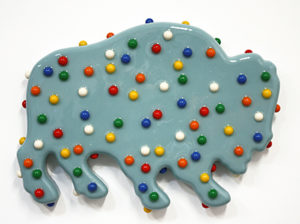
Walter Robinson
Late Harvest, the feature exhibition of the 2014 fall season, juxtaposed contemporary art made with taxidermy with historically significant wildlife paintings, resulting in intriguing parallels and startling aesthetic contrasts. The exhibition simultaneously confirmed—through historically-significant wildlife paintings—and subverted—through contemporary art and photography—viewers’ preconceptions of the place of animals in culture. This fully illustrated catalogue gives a thorough, in-depth discussion of the exhibition and also serves as the field guide for the 2014 Art + Environment Conference. Stunning photographs, exquisite design, and introspective scholarship defines this book.
September 25, 2008 | Museum on the Seam
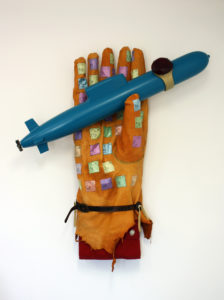
Walter Robinson
A new wind is blowing across the Western world, even in the margins of the liberal left. A new wind that affects even those who until recently still believed in sharing equality and mutual respect with the other and commended the idea of multiculturalism. Cracks can now be found in the pillars supporting the Western ideologies that called for liberty and freedom of religion of the other living among them.
On the other hand, Europe awakens to a reality of a revolt on the side of its Muslim citizens, who were educated on the values and culture of the West. Muslims who recently immigrated to Europe join them and in a collective revolt they turn to the street to demonstrate and demand their right for religious equality and recognition as equal citizens.
The acknowledgment of the right for “liberty, equality, fraternity,” the motto of the French Revolution and a stepping stone in the history of Europe, was a founding moment that changed the face of society, granting it that precious freedom. And yet, in all probability the citizens of these countries had never foreseen that two hundred years later they would have to share this right with the mass of immigrants from Islamic countries who live among them today. Widespread objection to the Muslims’ different appearance, the traditional dress, the head covering, and other religious symbols attributed to them is emerging in the public sphere.
The Muslims, whose presence is increasingly noticed, sense discrimination and injustice, and do not hesitate to demonstrate. They do not necessarily feel grateful for the hospitality they have received in Europe. They also forgot the attitude toward liberty in their home countries. At any rate, they no longer feel like foreigners. The feeling of foreignness was replaced by a feeling of security for those who quickly adapted to the liberal spirit of the society into which they arrived and thereby, do not hesitate to demand an expression of Muslim law into local legislation.
Museum On The Theme Full Article

